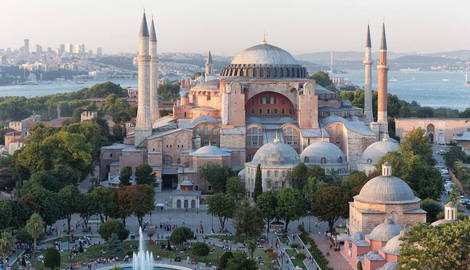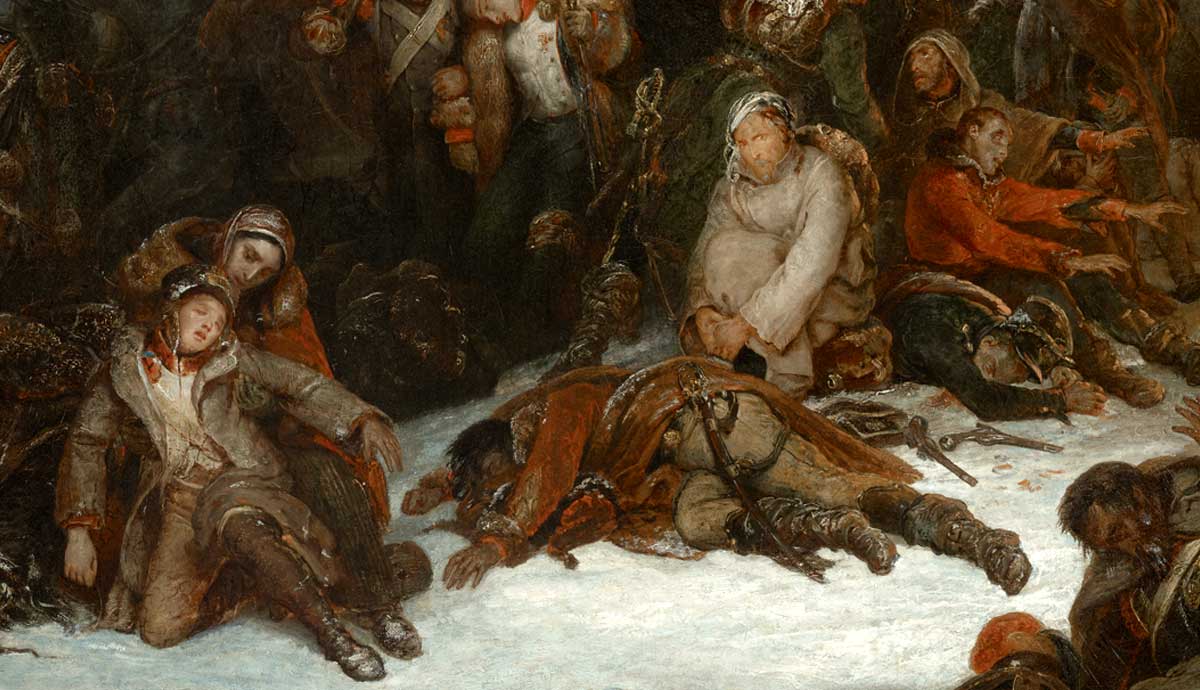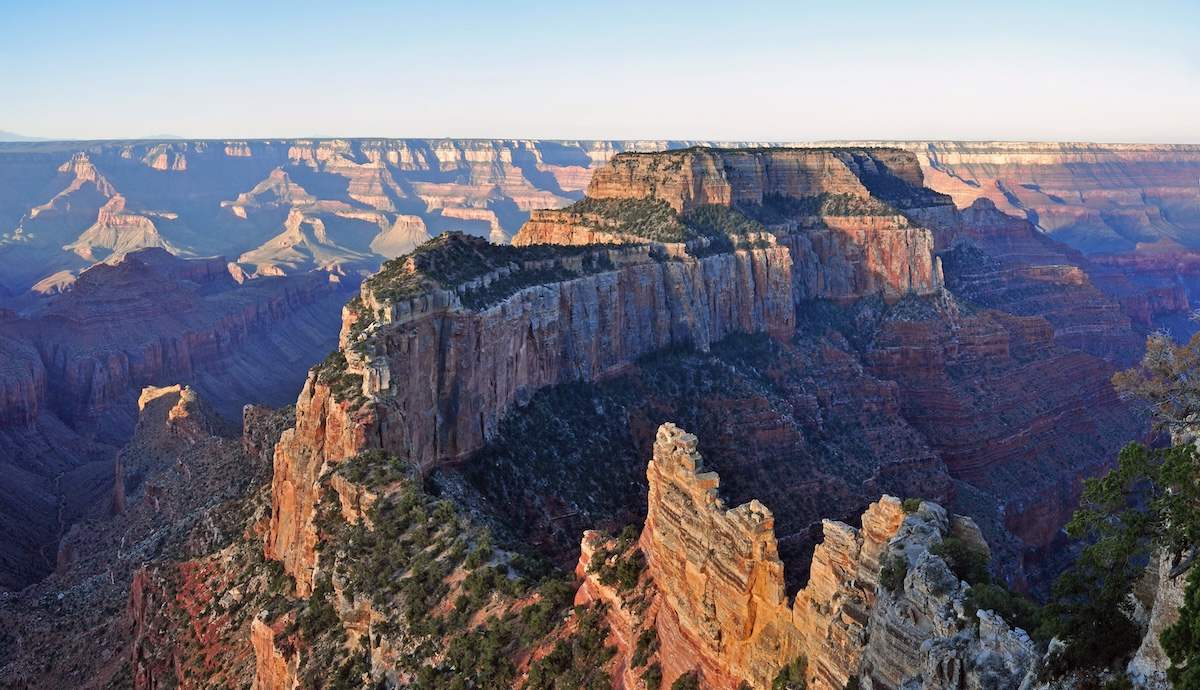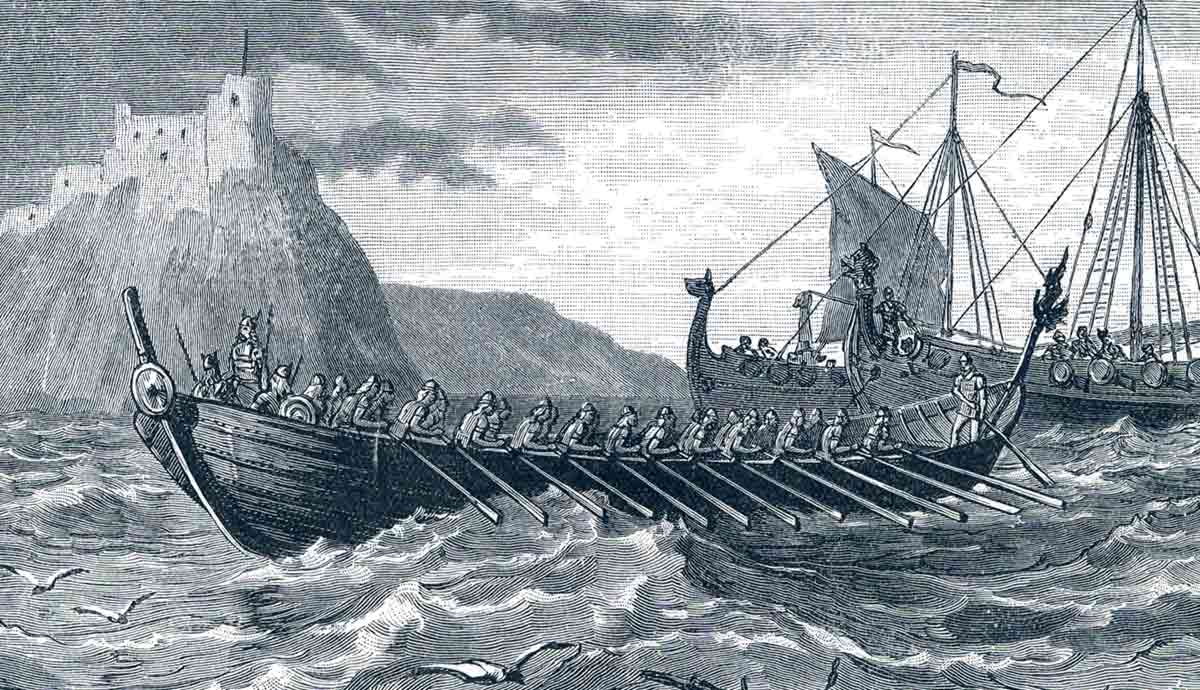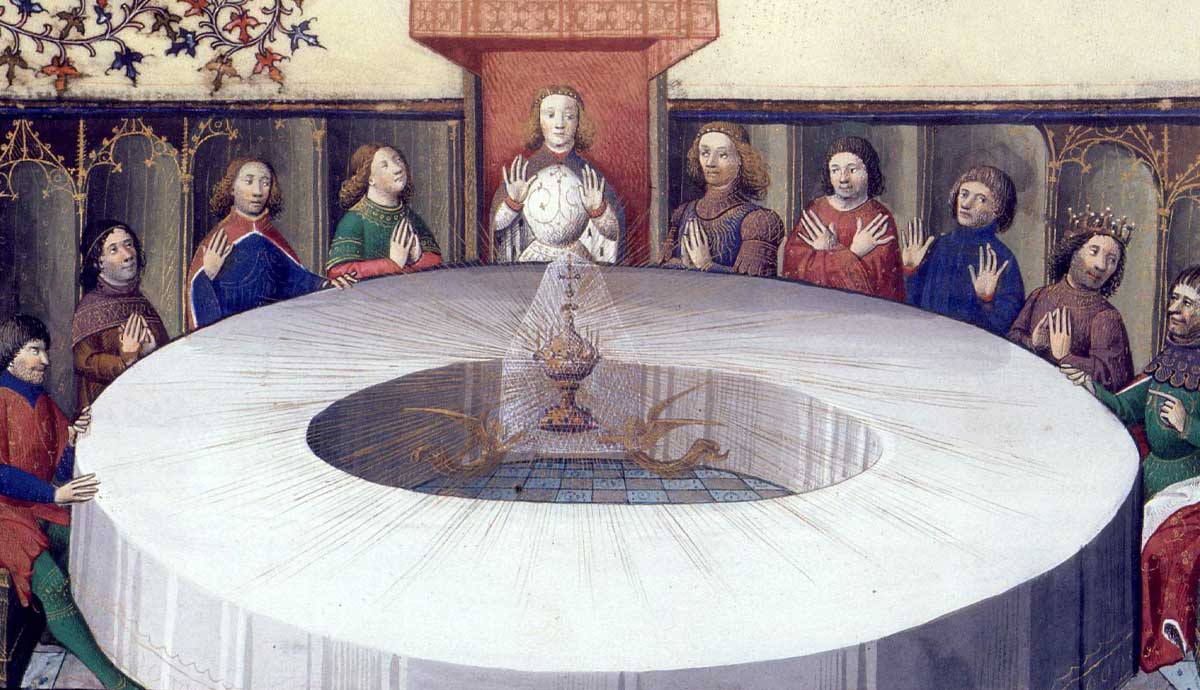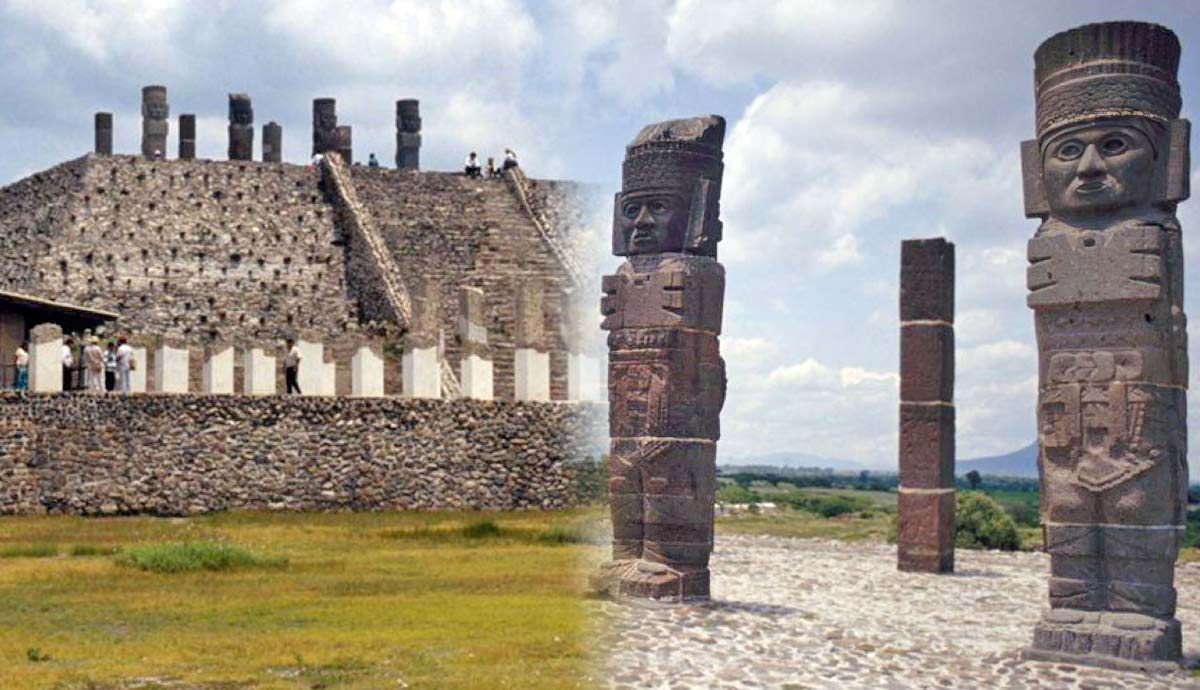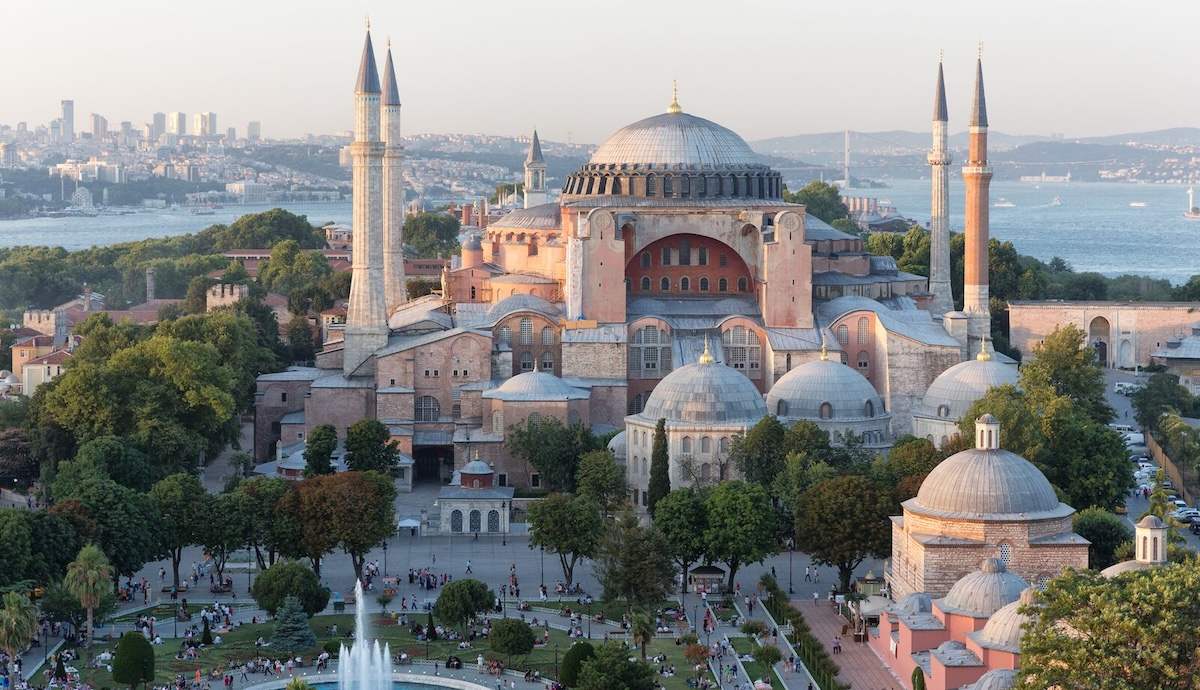
Rising at the crossroads of Europe and Asia, Hagia Sophia is more than a marvel of architecture. For over 1,500 years, Istanbul’s international treasure has witnessed the rise and fall of empires and the shifting tides of faith. How did a singular structure survive centuries of political and religious upheaval? The secret to Hagia Sophia’s longevity lies in its unparalleled adaptability.
From Imperial Church to Enduring Edifice: The Byzantine Foundations of Hagia Sophia

Hagia Sophia was originally built as the imperial cathedral of the Byzantine Empire in Constantinople. The building was commissioned by Emperor Justinian I and completed in 537 CE. Designed by the architects Anthemius of Tralles and Isidore of Miletus, the building broke new ground with its massive central dome, supported by an innovative pendentive dome, one of the first of its kind and, for a time, the largest in the world.
The interior walls of Hagia Sophia were decorated with glittering Byzantine mosaics. Comprising gold, glass, and precious stones, the mosaics depict sacred Christian figures and imperial patrons. They are rich in symbolism and artistic innovation, exemplifying the height of Byzantine iconography. At the time of their creation, they were believed to be a visual embodiment of divine order.
Hagia Sophia quickly became the beating heart of Eastern Orthodox Christianity. It served as a center for ceremony, coronation, and spiritual authority. While the building endured early challenges, including earthquakes and riots, its symbolic and political importance ensured repeated restoration over the centuries.
The Ottoman Era: Preservation Through Transformation

When Constantinople fell to the Ottoman Empire in 1453, Sultan Mehmed II converted Hagia Sophia into a mosque. This act was both strategic and symbolic in nature. By preserving the Byzantine Empire’s most iconic building and layering Islamic identity over its Christian roots, the Sultan claimed both political power and spiritual legitimacy.
The Ottomans began adding minarets, towers from which the Muslim call to prayer is issued, to the exterior of Hagia Sophia. Interior additions, including a mihrab (prayer niche) and minbar (pulpit), allowed the building to function fully as a mosque. The earlier Christian mosaics were plastered over instead of destroyed. In the 19th century, during a major restoration under Sultan Abdulmejid I, artists added the now-iconic calligraphic medallions to the interior of Hagia Sophia. These bear the names of Allah, the Prophet Muhammad, and the first four caliphs in Arabic.
A Symbol of Modernity: The Museum Phase

The Ottoman Empire officially dissolved in 1922, following defeat in World War I and years of internal decline. This paved the way for the founding of the modern Turkish Republic under Mustafa Kemal Atatürk. As part of Atatürk’s sweeping reforms, Hagia Sophia was secularized, reopening as a museum in 1935.
The building’s designation as a museum enabled the uncovering and careful restoration of Christian mosaics. At the same time, Ottoman elements—such as the calligraphy and minbar—were preserved. This visual dialogue between faiths has since become one of Hagia Sophia’s most powerful legacies. In 1985, it was named a UNESCO World Heritage site for its international value, both architecturally and culturally.
Navigating the Present: Reconversion and Renewed Dialogue

In 2020, Hagia Sophia returned to the spotlight when the Turkish government reconverted it into a mosque. The decision reignited debate over the building’s legacy and its future in a world shaped by religious and political tensions. Despite initial controversy, public access to the building remains open, with Muslim prayer services and historical visits occurring in parallel.
Now, after over 1,500 years, Hagia Sophia stands as a living archive of civilizations and traditions, marked by emperors, sultans, and secular reformers. From mosaics to minarets, Hagia Sophia carries the imprints of multiple empires and faiths, even as the world continues to shift around it.
